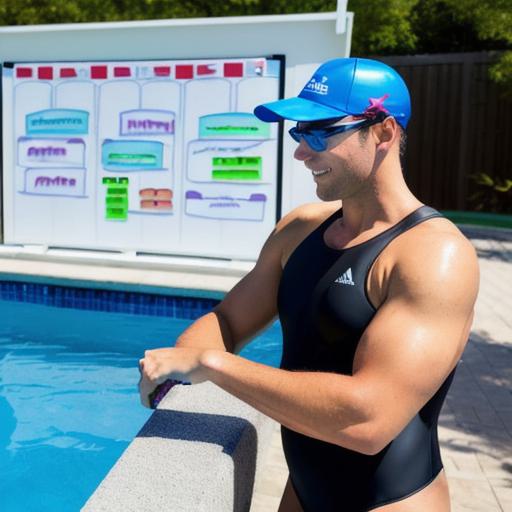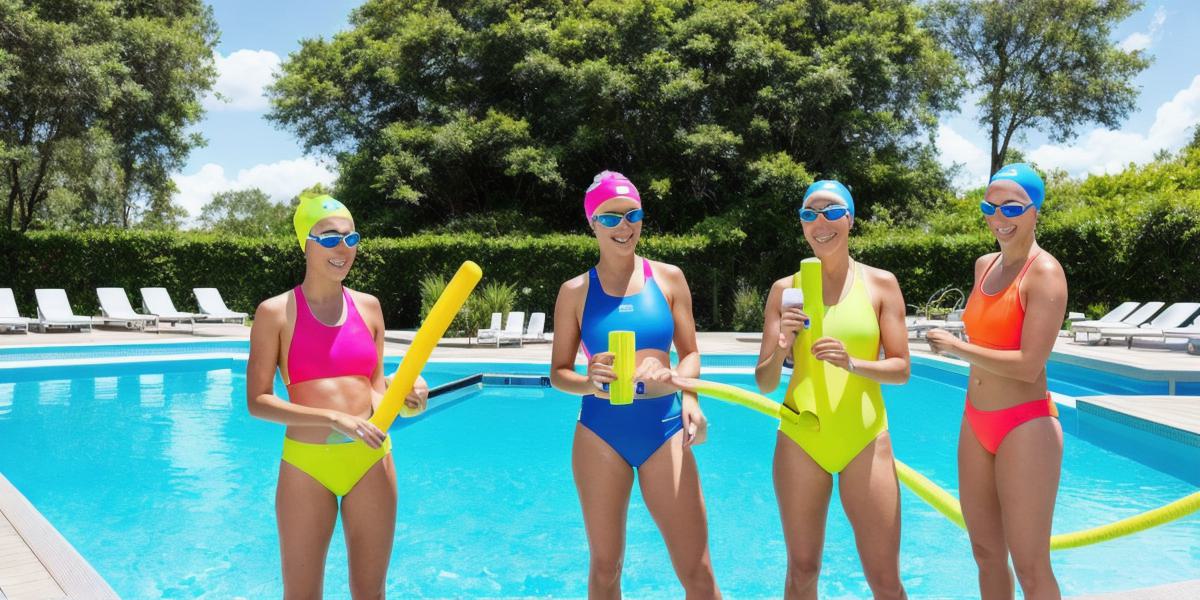If you have a passion for swimming and aspire to share this experience with others, becoming a swimming instructor offers a fulfilling opportunity. However, beyond basic swimming knowledge, good swimming instructors require several essential competencies that go beyond the mere ability to swim. Here, we delve deeper into these key competencies and provide practical experiences to help you become an effective swimming instructor.
Competencies of a Good Swimming Instructor:
-
Knowledge of swimming techniques and theory:
A good swimming instructor must possess a comprehensive understanding of various swimming techniques and the underlying principles that make them effective. This includes different strokes, such as freestyle, backstroke, breaststroke, and butterfly, along with their biomechanics, breathing patterns, and body alignment. A strong foundation in theoretical knowledge equips you to teach students various swimming skills effectively. -
Ability to analyze and correct errors:

Observation and critical analysis are crucial skills for a swimming instructor. You must be able to identify mistakes made by your students, assess their root causes, and provide precise feedback to help them improve. Correcting errors requires patience and clear communication, ensuring that each correction is understood before moving on to the next skill. -
Patience, communication skills, and passion for swimming:
Swimming instruction is not a one-size-fits-all endeavor. Each student learns differently, and it’s essential to cater to their unique needs and learning styles. Patience is vital as students may take varying lengths of time to grasp new concepts or perfect techniques. Communication skills play an integral role in ensuring that instructions are clear, concise, and easily understood by your pupils. Your genuine passion for swimming will inspire your students and keep them engaged throughout their learning journey.
Practical Experiences:
2.1 Adapting teaching methods for challenging students:
Addressing a difficult student may require you to tailor instruction methods to their learning style. For instance, visual learners may benefit from watching demonstrations or using diagrams, while kinesthetic learners may respond better to hands-on experiences. By catering to each learner’s unique needs and adapting your teaching approach accordingly, you can help make learning swimming a more enjoyable experience for them.
2.2 Understanding individual learning styles and needs:
Albert Einstein once said, "Every pupil is an individual with unique learning styles and needs." As a swimming instructor, this quote holds particular significance. By recognizing the distinct characteristics of each student, you can tailor your teaching methods to ensure that they receive personalized attention and progress effectively in their swimming skills development.
Research and Experiments:
3.1 Comparison of various teaching methods:
Evaluating different instruction techniques can help determine which methods are most effective for improving student progress. For instance, you may compare traditional lecture-style teaching with a more hands-on approach using visual aids or role-playing exercises. By experimenting with various methods and observing their impact on student learning, you can refine your teaching style to maximize its effectiveness.
3.2 Quote: "Science without practice is a pale theory" – Albert Einstein
The application of theoretical knowledge in practical situations is essential for mastering the art of swimming instruction. By engaging in continuous research and experimentation, you’ll refine your skills, expand your knowledge base, and become an even more effective swimming instructor.
